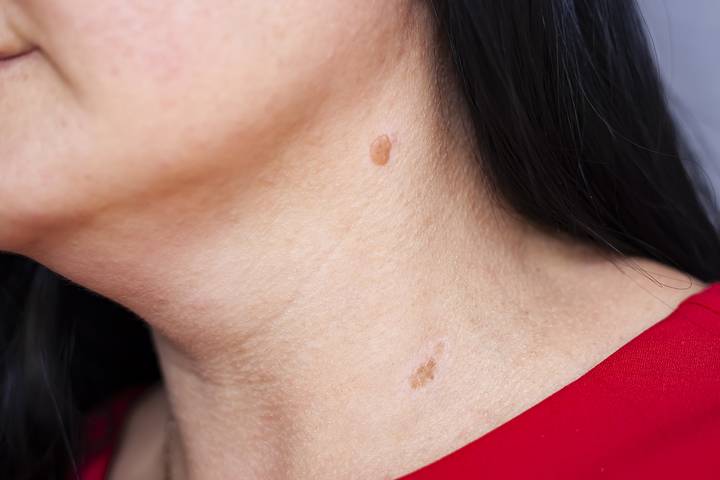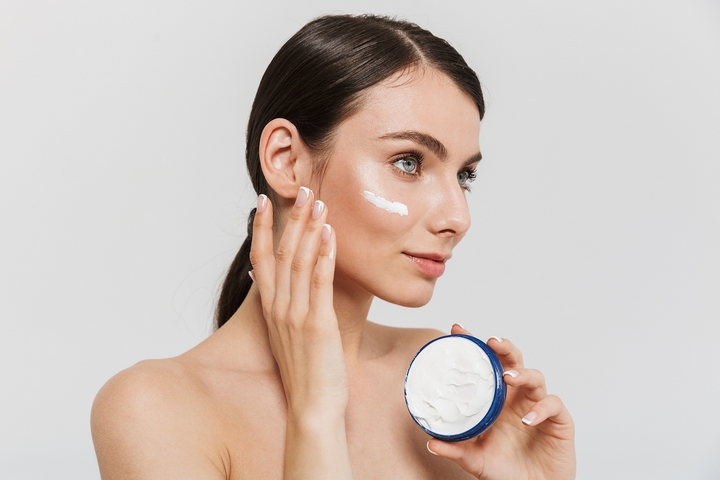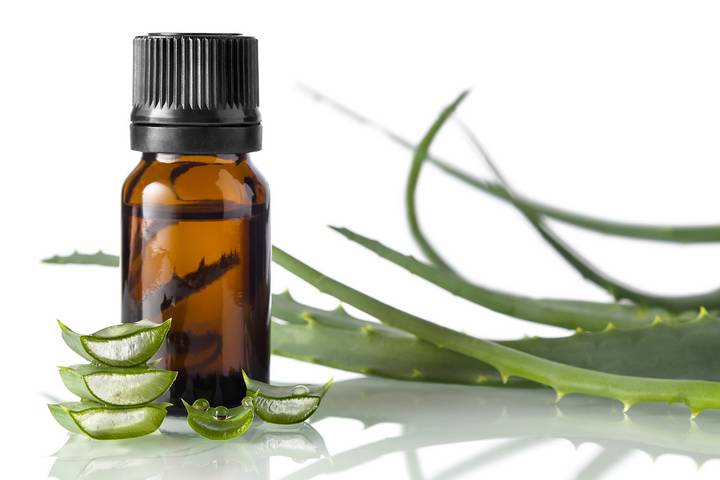Sunspots are dark or discoloured patches on the skin mainly caused by exposure to sunlight, causing contrast to the surrounding surfaces. Everyone has fallen victim to sunspots before under various circumstances. This blog will focus on how one gets sun spots among preventive and treatment measures.
The leading cause of sunspots is exposure to sunlight which causes the skin to produce melanin in excess, leading to altered skin colour. After years of exposure to sunlight, the melanin concentration increases, intensifying the effects with darker or wider spots on the skin surfaces.
In some cases, the pigmentation substance may clump together, making the sunspots more significant in some areas than others. Light-skinned people are more vulnerable to sun spots than their dark-skinned counterparts due to their low melanin production. Areas mainly affected by sunspots include arms, shoulders, hands, and face.
Let’s learn about what causes sun spots on skin:
Causes of sun spots

Even though sunspots are unavoidable in someone’s life, some conditions act as a catalyst for the situation. These catalysts include:
Light skin
Highly light-skinned people (with no albinism) are more exposed to sunspots. Similarly, people born with albinism are more vulnerable to sunspots than others.
Sun exposure
Those who spend long hours under the sun for various reasons are also prone to sunspots.
Walking under the scorching sun with no sunscreen on exposes one to sunspots. Likewise, wearing light, string, or sleeveless garments exposes one to sunspots.
Sun allergies
Those with sun allergies are more prone to sun spots when exposed to unfavourable weather conditions.
How to treat sun spots

Sunspots do not call for much attention as they usually disappear independently. Although, a few exceptions may trigger you to seek an expert’s attention for management, advice, and treatment.
Whenever you notice a rapid and repetitive development of sun spots on your skin, you should visit a dermatologist with immediate effect. Additionally, some cancerous patches tend to mimic sun spots. Thus, you can check with a specialist for more certainty.
With the prevailing technological advancements, experts have come up with more fashionable ways of treating sun spots. You can get sun spot removal treatments at professional cosmetic clinics. Some popular treatments for sun spots include:
Over-the-counter creams
Several can be used to manage and treat sun spots, including Tretinoin, Hydroquinone, and Tri-Luma, among others. Most of these creams contain tyrosinase inhibitors, minimizing the appearance and development of sunspots.
Chemical peels
Chemical peels are a cosmetic procedure that entails applying an acid compound to the skin, causing it to unload destroyed cells and creating a way for new, sun spots free skin.
Laser resurfacing
LR involves using a laser-packed device to reduce or eliminate sun spots. The process is suitable for repeated or more significant sunspots due to its costly and complex properties.
Microdermabrasion
Microdermabrasion entails exfoliating the epidermis to eliminate sun spots and other blemishes and improve its texture. The procedure is pain-free and can take about 45 minutes to one hour for the most effective results.
Cold therapy
As the term suggests, cold therapy is when the skin is exposed to exceedingly cold temperatures to eliminate sun spots.
How to prevent sun spots

Preventing sun spots might appear quite demanding, but it’s not with the several measures this blog is about to unveil for you. Most of the actions require more of your effort and determination to make them work. They include:
Clothing
Cover your skin with medium-heavy clothing if you’re located in a sunspot-prone area such as the coastal surroundings.
Wear a hat when walking outside on a sunny day.
Sunscreen
Remember to apply sunscreen as recommended by your specialist. Walk with your sunscreen when visiting scorched areas or during sunny days. If possible, you can avoid the sun-peak hours (between 10 am to 3 pm).
You can live alongside sunspot-preventive cosmetics but with a dermatologist’s recommendation to avoid further risks.
Avoid tanning & smoking
Avoid using tanning beds as they have been associated with sunspot development.
Avoid smoking as it has been associated with sun spots and other skin complexion issues in the long run.
Diet & sleep
Maintain a balanced diet and acquire adequate sleep, which assists prevent skin problems by ensuring proper melanin production and supply throughout the body.
Home remedies for suns pots

Sunspots are pretty treatable with several home-based and professional treatments. If you have already fallen victim to sunspots, below are various treatment methods you need to learn:
Aloe vera
Dermatologists and other specialists have approved aloe vera as a cure for sun spots by lightening them.
Lemon
Lemon contains bleaching properties that may aid in minimizing sun spots on the skin.
Apple cider vinegar
Apple cider vinegar is essential for various skin issues, including sun spots.
Green tea
Green tea contains antioxidants that manage skin issues like sun spots.
Castor oil
Castor oil has been popularly known for its nourishing and lightening properties, even on dark spots.
Buttermilk
Buttermilk has soothing and bleaching effects on the skin.
Vitamin E
Vitamin E-based oils have been known to tackle sun spots satisfactorily due to the production of Collagen, which provides elasticity and strength to the skin.
Red onion
Dried red onion skin contains bleaching properties that can help manage sun spots.
